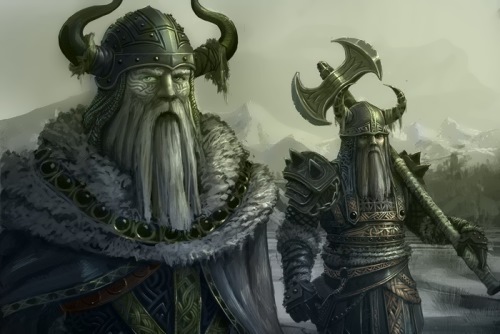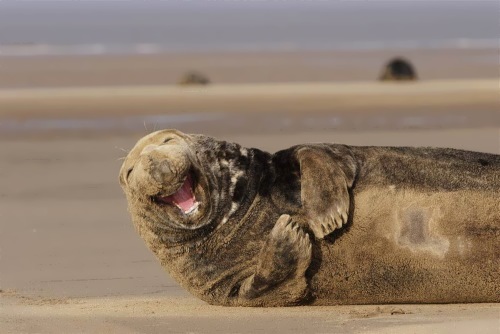Chocolate is so tasty
Chocolate is popular throughout the world. It begins with the seeds of the cacao tree, which grows in North and South America, Africa, and Asia. The dry seeds are called cocoa beans. There are basically two types of cacao beans, the Forastero and the Criollo. The Forastero is the standard, or base, bean, which makes up the greater part of the world’s production. The main cultivation areas are in West Africa, Brazil, and Southeast Asia. The Criollo is the flavour bean. It is cultivated on a much smaller scale in Central America, Ecuador, and Venezuela.
At the plant or factory machines grind the beans into a paste called chocolate liquor. Chocolate liquor is made up of chocolate solids and a kind of fat called cocoa butter.
Chocolate for eating is made by adding extra cocoa butter to chocolate liquor.
More »






